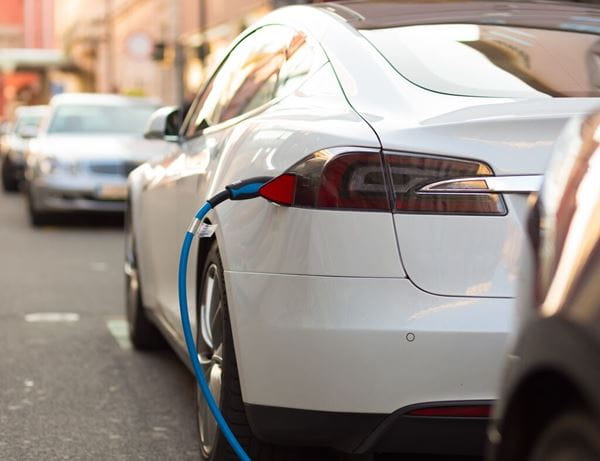.jpg?rev=ad671359e66c4d16a7139538e50c3234&mw=3276)
How To Make Your EV A Car For All Seasons
As the seasons change, driving conditions change as well. Motorists around the world are familiar with scraping ice off their windshield or turning on the AC on a hot summer’s day!
But what about EVs? What do changing seasons mean for them? Let’s look at how to keep your EV performing well – in rain or shine.
Winter
Winter means lower temperatures and wetter, icier roads. EV drivers need to take a few extra precautions in these conditions.
Look after your battery – even more than usual!
Lithium-ion batteries don’t perform as well at temperatures under 15°C, as this affects the chemical reactions taking place within the cells. This means winter presents a few challenges for EVs. You might find charging can take longer than you’re used to in warmer months, especially if you’re plugging in overnight at home. Winter weather can also reduce an EV’s range by up to 20%.
How can drivers mitigate this? If possible, storing your car indoors (such as a garage or car park), can help keep the battery closer to the right temperature. Most EVs also have pre-heating features which are worth taking advantage of – besides getting your battery up to the right temperature before you set off, they’ll also de-mist your windows and warm the cabin before you leave.
Take care of your tyres
Tyres are a critical component for any vehicle, influencing comfort, safety and also efficiency. As EVs are heavier and respond more briskly while accelerating than internal combustion engine (ICE) vehicles, they can put extra strain on their tyres.
Regularly checks of tyre pressure are important all year around, but it’s worth paying extra attention in winter. According to Continental, tyres lose a couple of PSI (pounds per square inch) of tyre pressure when the outside temperature falls by 10°C. Deflated tyres are a major hazard in wet or icy conditions, and your EV’s range will also suffer if you don’t keep them pumped up. If you have seasonal tyres, make sure you change to winter tyres on time!
Summer
The ice has melted, the sun is shining – but what does this mean for your EV? And what can you do to maintain high performance in the summer months?
Keep your EV plugged inBatteries are sensitive to warmer weather too – in fact, extreme heat can cause permanent damage to the cells. The good news with EVs is they tend to have sophisticated thermal management systems to regulate that temperature. On hot days, your car might use some energy to cool the battery even if you’re not driving – you could lose a couple of percentage points overnight.
During the summer, we advise leaving the car plugged in overnight. Your EV’s battery management system will stop the car from overcharging but, if your vehicle lets you, setting a 90% charge limit will help prolong the life of the battery.
Take advantage of preconditioningCertain EV models allow you to pre-cool the cabin remotely. This feature uses power, so it’s best to use it while the EV is still plugged in. With preconditioning, you won’t need to endure those baking hot minutes after getting in the driving seat - you can set off with your car’s interior, and the battery, at the ideal temperature.
Don’t overuse fast chargersThis advice applies at any time of year, but it’s especially true in the summer. Too much fast charging causes your battery to heat up, and your EV will have to use up energy to cool it down to reduce wear and tear on the cells. This effect is even more pronounced in the summer months, as your EV is already working overtime to keep the battery cool. Don’t rely on fast chargers too much if you want to maintain the health of your battery.
Our net-zero commitment
LeasePlan is leading the transition to zero-emission mobility and has set itself the goal to achieve net-zero tailpipe emissions from its funded fleet by 2030. As a founding member of the EV100 – a global initiative of forward-looking companies committed to accelerating the transition to EVs – sustainable mobility is at the heart of everything we do.

.jpg?rev=3adbd558867c4d92bf9f22752f12a09c&mw=600)



